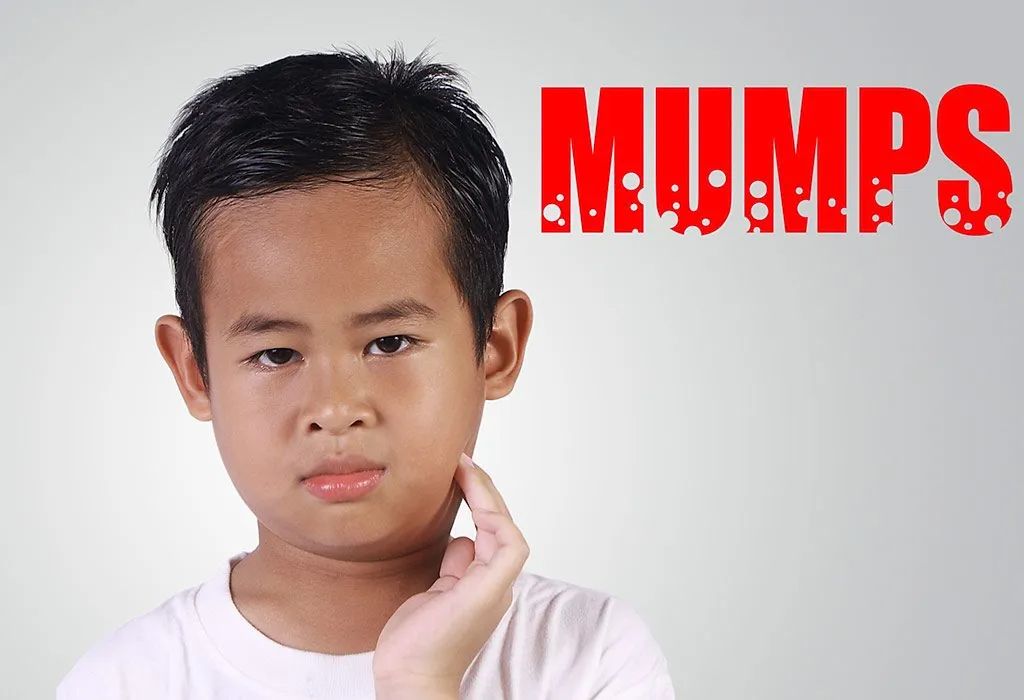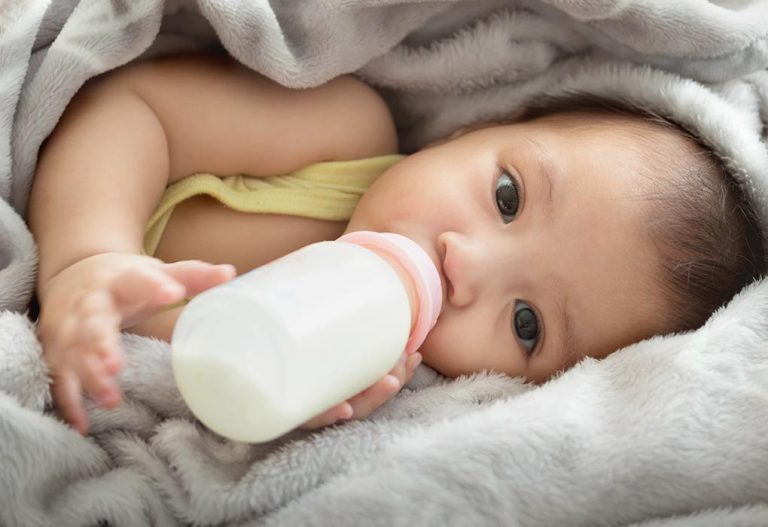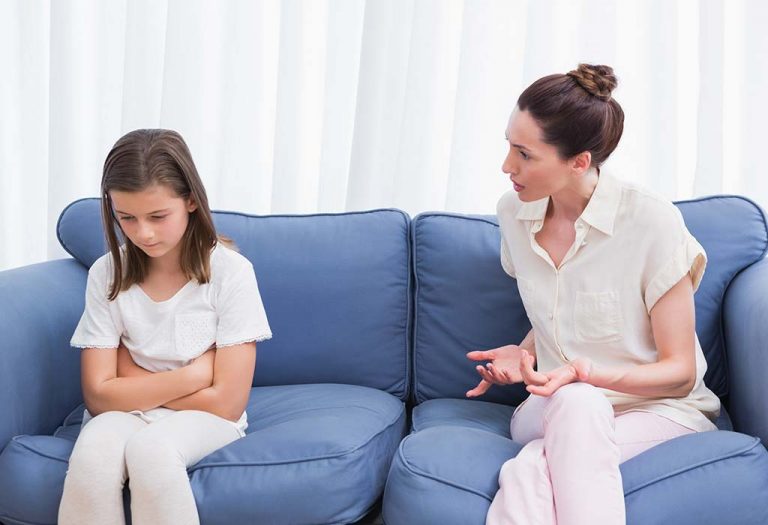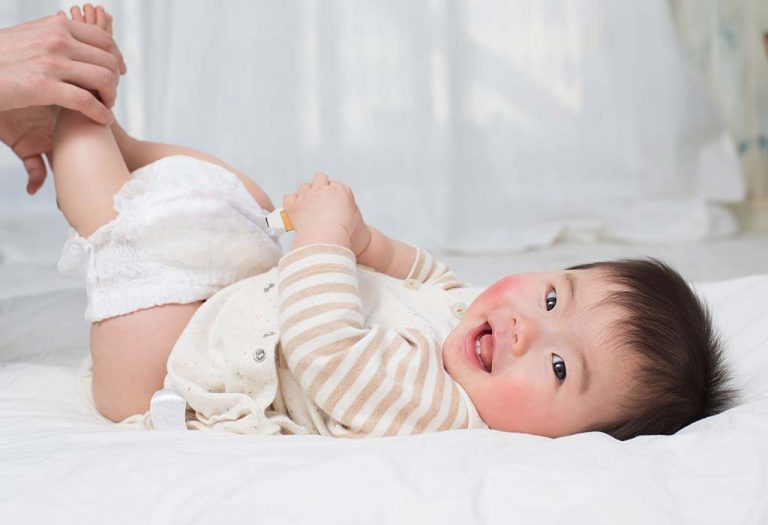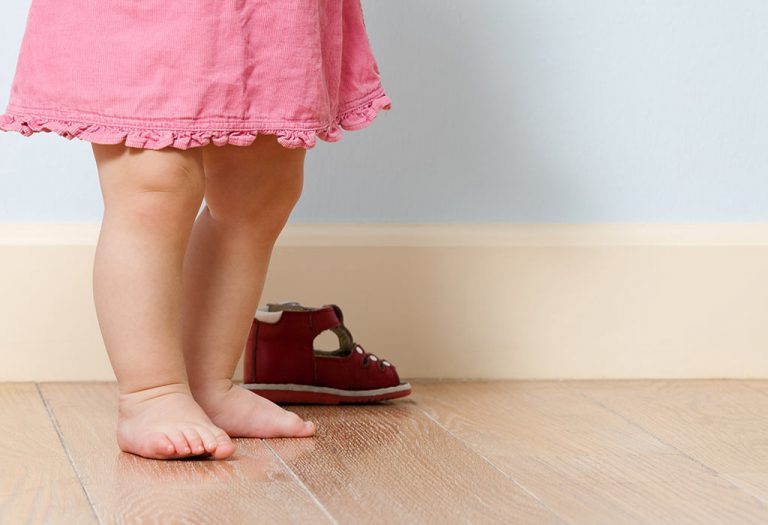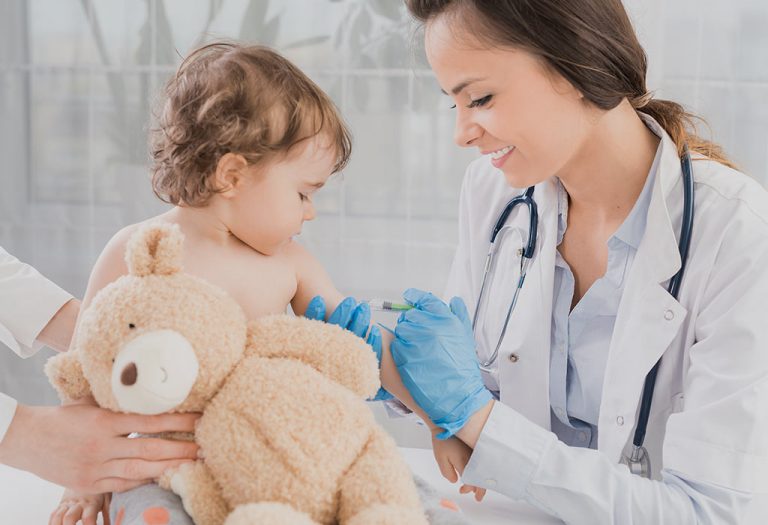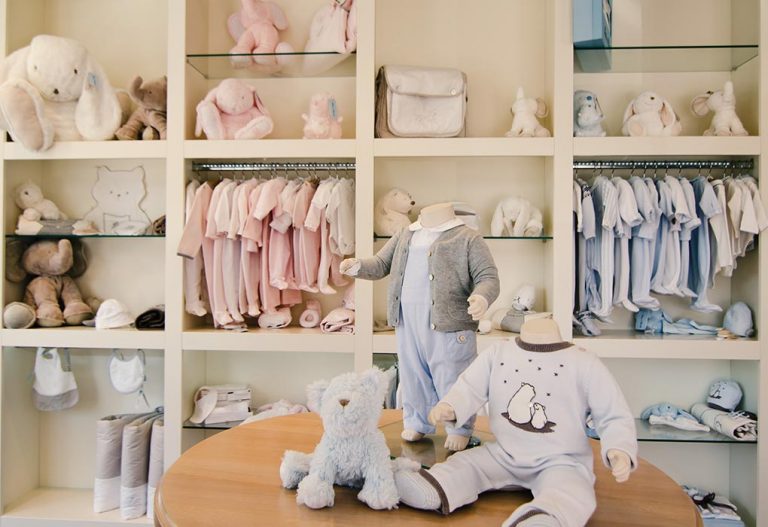Mumps in Children – Causes, Symptoms and Treatment

- What Is Mumps?
- Causes of Mumps
- Signs and Symptoms of Mumps
- How Mumps Spreads?
- Diagnosis & Tests for Mumps in Kids
- Complications & Risks
- Treatment of Mumps in Children
- How Long Does It Take to Cure Mumps?
- How to Prevent Mumps in Children?
- When Should You Call the Doctor?
- Steps to Take Ahead
- Things to Remember About Mumps in Children
- FAQs
Mumps can be an incredibly painful condition for your child to endure, often causing discomfort and distress. This highly contagious disease, primarily affecting children, can lead to symptoms that include fatigue and fever. It is characterized by a noticeable swelling on the sides of the jaw, which can be quite severe. Although mumps in children have become relatively rare thanks to vaccines, it’s essential to understand its risks and implications fully. By educating yourself about mumps, you can take necessary precautions to minimize the spread and ensure your child receives appropriate medical care if needed. Recognizing the signs and seeking timely treatment can help alleviate your child’s discomfort and prevent further complications.
What Is Mumps?
Mumps is caused by a virus, and is highly contagious. It affects the salivary glands below the ear, which is why the face appears swollen. The disease spreads through saliva, and can affect many parts of the body.
The cases of mumps have reduced significantly after the development of a vaccine against the disease. Mumps mostly affects children, though there are cases where adults have contracted the disease.
Causes of Mumps
Mumps is primarily transferred via fluids from the mouth, nose, and throat. When an infected child speaks, sneezes, or coughs, the disease can spread. The virus can survive on objects like door handles, cutlery, and toys, which can then pass on to another child. The incubation period for the virus is two to three weeks, and the disease itself can last for a week. It usually spreads very quickly at schools and day care centres.
Signs and Symptoms of Mumps
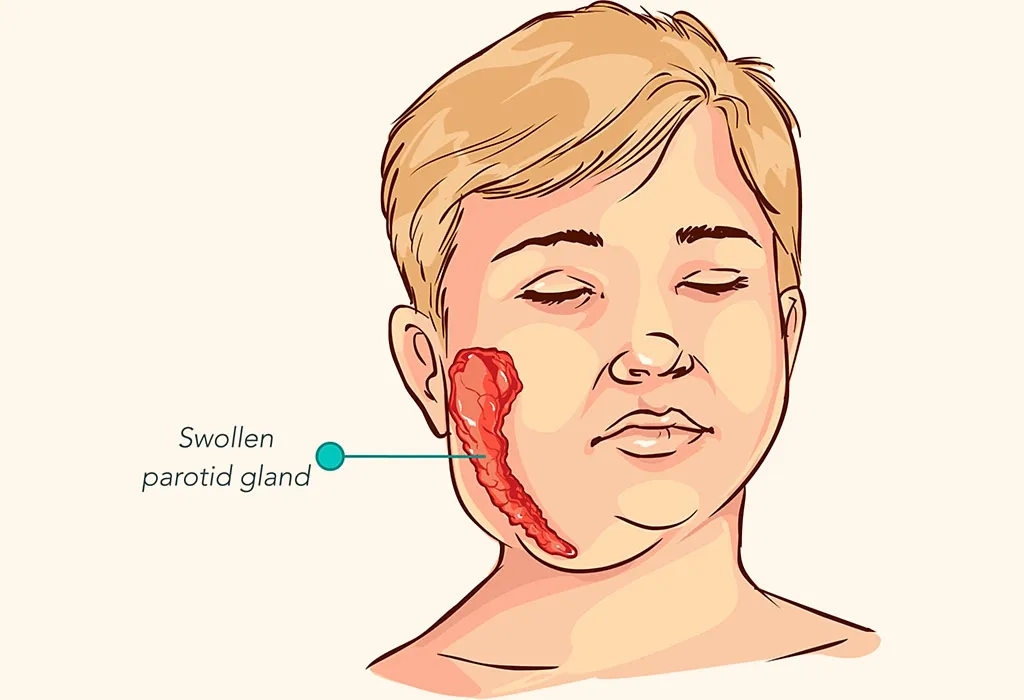
Mumps affects the salivary glands that are located just under the ear, near the jawline. This will cause swelling, and will make swallowing food, sipping water, talking, and chewing painful and difficult.
Mumps can affect one or both salivary glands, and the swelling could be on one side or on both sides of the jaw. However, the swelling only begins three days into the infection. There are other mumps symptoms in children that you can keep a watch for:
- Nausea
- Swelling in the neck
- Still or stiff neck
- Headache
- Low fever below 103 degrees Fahrenheit
- Joint pain
- Loss of appetite
- Drowsiness
- Vomiting
- Earache
- Convulsions
Parents must be vigilant and watch for the signs of mumps in toddlers, especially those who haven’t been vaccinated.
How Mumps Spreads?
Mumps is caused by an airborne virus that can spread from an infected person’s respiratory tract to another person’s salivary glands, through coughing, sneezing, and even talking. This virus is highly contagious, and spreads quickly from child to child, especially in environments such as schools or daycare centres.
Diagnosis & Tests for Mumps in Kids
A doctor will evaluate your child’s glands, and will ask for the history leading up to the swelling, including other symptoms linked to mumps. He will ask you to get blood tests, urine tests, or cerebrospinal fluid tests to confirm the infection. The tests that your doctor may prescribe are:
- Serological or Antibody Testing: This test checks for the presence of the IgG and IgM antibodies that are produced specifically when infected with mumps.
- Viral Genetic Testing or RT-PCR: If your child has a weak immune system and cannot produce antibodies, then this genetic test is the best option for a diagnosis.
Complications & Risks
There are many risks associated with mumps in kids. Even though these are rare, it is best to be aware, to ensure that you can take proper action. The complications associated with mumps in children are:
- Encephalitis: This can occur when the virus causing the mumps travels to the brain and causes an infection there. The condition can be life-threatening. Your child may experience sudden intense headaches, may lose consciousness, or even have seizures. You must rush your child to the emergency room right away.
- Pancreatitis: This is the inflammation of the pancreas that could result in cyst formation, damage to tissues, and bleeding of some glands. The condition is accompanied by nausea, vomiting, and upper abdominal pain.
- Orchitis: This condition occurs in males after they have crossed puberty. It is marked by the swelling of one or both testicles.
- Meningitis: If the virus travels to the nervous system and causes an inflammation of the membranes that protect the spinal cord and brain, it is said to be meningitis. The symptoms associated with this condition are headaches, sensitivity to light, fever, and muscle stiffness.
- Hearing loss: In very rare cases, the virus will affect the cochlea, which is an integral part of the ear. Such a situation could result in loss of hearing, and can sometimes be permanent.
Mumps can also cause an inflammation of the reproductive organs. If you notice any of the symptoms mentioned above, do not hesitate to rush your child to the emergency room.
Treatment of Mumps in Children
There is no specific treatment for mumps. However, there are a few ways you can ensure that your child is comfortable as the infection runs its course:
1. Medical Treatment
This will only include acetaminophen or ibuprofen to reduce any fever your child may have.
- Isolate your child from other children. While this might be hard for your child, the disease is too contagious to allow any contact with other kids.
- You can use either a warm or cold compress on the swollen glands for some temporary relief. Do not use the compress for more than 10 minutes at a time.
- Give your child easily chewable foods like porridge, khichdi, yogurt, and soup. This will make sure that your child gets the nourishment he needs without hurting his jaws.
- This disease will make your child very tired. It is best to make sure that he stays in bed to get back his strength.
2. Home Remedies
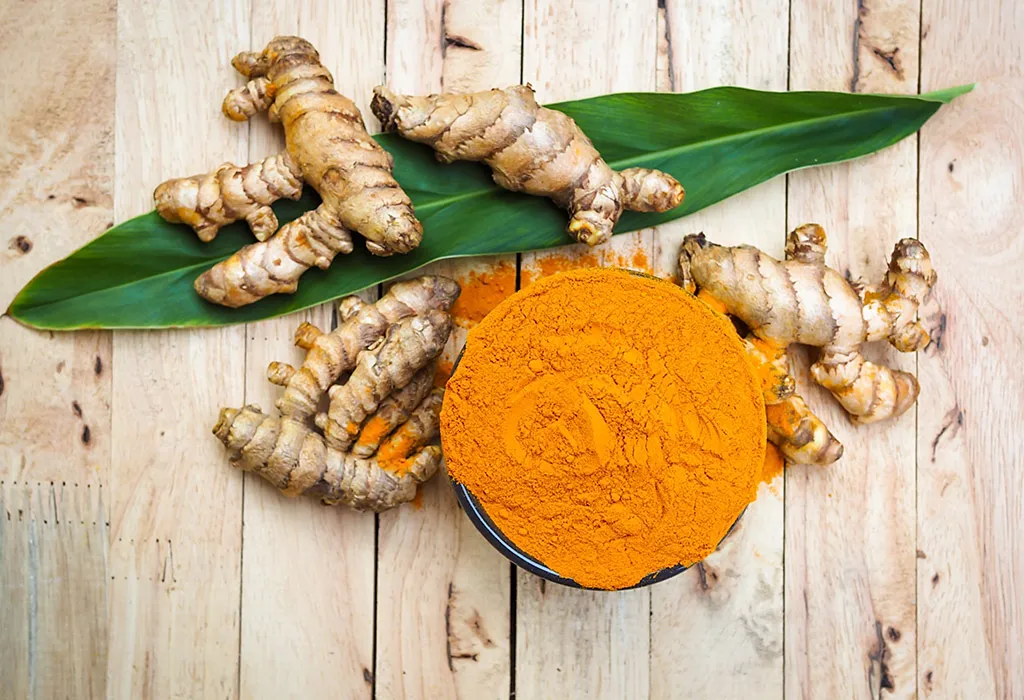
- Ginger has anti-viral and anti-inflammatory properties. It is also an excellent pain reliever. You can either add this directly to your child’s food, or you can make a paste from the root and apply it on the swollen area.
- Fenugreek (methi) seeds have the same properties that ginger does, and can be used similarly to comfort the child.
- Black pepper powder should be mixed with water and applied as a paste. This will help to alleviate the swelling.
- Aloe vera is well known for its antibiotic properties and will help with the swelling. It is one of the best home remedies for mumps in children. Peel off the outer layer of the leaf to expose the flesh. Sprinkle a small amount of turmeric on this, and use as a bandage on the swelling.
- A paste of asparagus and fenugreek seeds on the swelling will help tremendously.
- Garlic paste applied on the swelling is a traditional approach to easing the pain.
- Neem leaves will not only reduce the swelling, but will also help fight the virus. Make a paste with the leaves and some turmeric powder, and apply on the swelling.
- Banyan tree leaves have the ability to fight viruses. Heat the leaves with ghee and use this as a bandage on the swelling.
How Long Does It Take to Cure Mumps?
Typically, a child will take 10 to 12 days to recover from mumps. The swelling in the glands takes about a week to go down. According to the Cleveland Clinic, your child may go back to school once their symptoms have gotten better and roughly a week has passed since the onset of swelling.
How to Prevent Mumps in Children?
Once your child has contracted mumps, he will gain immunity to the disease, and will not have to worry about it again. You could also choose to get him vaccinated against the disease.
1. MMR Vaccine
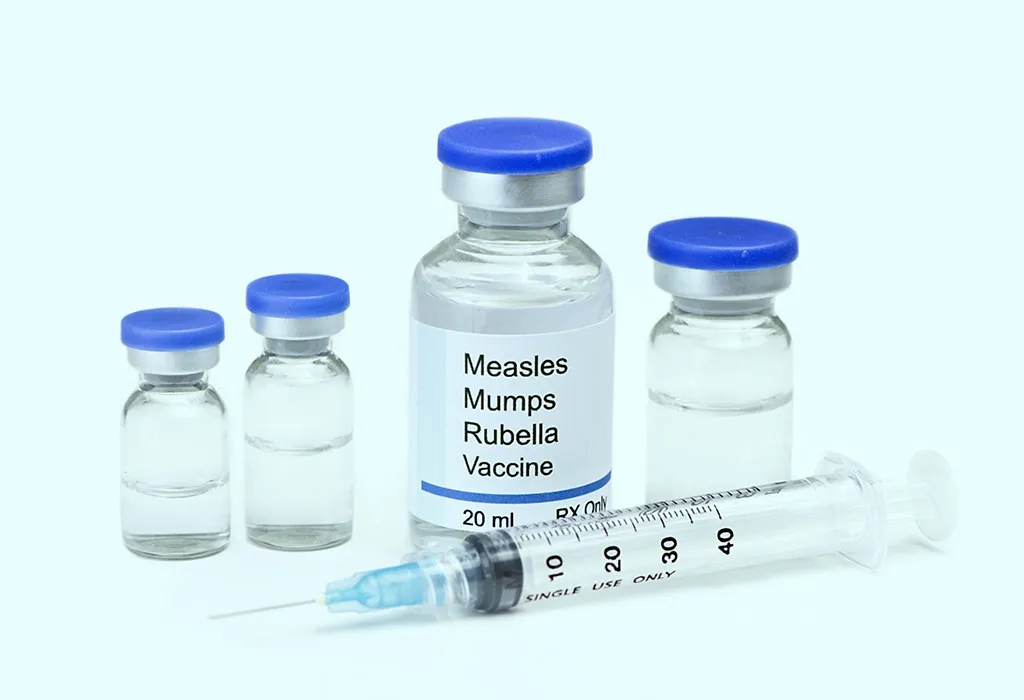
- The MMR vaccine is for measles, mumps, and rubella. The first dose needs to be administered when your child is around 12 to 15 months of age.
- The second dose will be administered around the age of four and six, or when he turns eleven.
- If taken in two doses, the vaccination offers a protection rate of 95%.
- A single dosage will be ineffective in a large outbreak in your child’s school or your neighbourhood.
If your child is infected by mumps, you can take several precautions to ensure that the infection doesn’t spread to other children. This disease is airborne, and is highly infectious for a few days.
- Ask your child to wash his hands carefully with soap several times a day. Since your child should be isolated, ensure he washes up every time he leaves the isolation area.
- Make sure that your child sneezes into tissues that are properly disposed of. Give him a special dustbin in which to throw the soiled tissues.
- Use a disinfectant to clean the surfaces that your child touches.
- Encourage your child to use a hand sanitizer.
- Do not allow members of your family to share utensils with your child.
When Should You Call the Doctor?
If your child gets enough rest and nutrition, he should recover on his own within a few days. However, if he develops the following symptoms, you should get immediate help:
- A temperature higher than 103 degrees Fahrenheit
- Fever that lasts more than three days
- Seizure
- Abdominal pain that is intense
- Swollen testicles in boys
- Frequent bouts of vomiting
- Signs of dehydration
- Sudden and intense headache
Steps to Take Ahead
When planning to visit your child’s doctor, you can take the following steps to ensure that you get the best consultation:
- Write down any questions you want answered.
- Make notes of the diagnosis, medications, and instructions your doctor might give you.
- Find out how the medications prescribed can help your child, and what the possible side effects can be.
- You should also find out if there are any alternative therapies for the infection.
- Find out why a test is recommended and what the results of that test could mean.
- You must also ask about what the repercussions could be if the medication is not taken or if a test is not administered.
- Make sure that you note down any follow-up appointment your doctor might ask for. Knowing why it is important to keep this appointment is also crucial.
- Ask your doctor what is the best way to reach them after office hours. This is important in case of emergencies, or if your child displays other more serious symptoms.
Things to Remember About Mumps in Children
There are certain things you must keep in mind when it comes to mumps in children. These are:
- Mumps is a contagious viral disease that targets the salivary glands below the ears.
- It is spread through the fluids in the mouth, nose, and throat of an infected child when he coughs, sneezes, or talks.
- Mumps can be prevented with the MMR vaccine that also prevents measles and rubella. It provides 95% immunity.
- The most common symptoms include swelling of the jaw as well as pain and difficulty in swallowing, talking, and chewing.
- The treatment will be centred on providing comfort to the child. This will include fluids and rest.
- Children with mumps must be kept out of school and daycare to ensure that the infection doesn’t spread.
- When caring for your child infected with mumps, make sure that you wash your hands before and after.
- Ensure that your infected child covers his mouth and nose when sneezing or coughing.
It is vital to understand the symptoms and causes of mumps before treating this condition. Medicines can have allergic responses in certain cases. Keep in contact with your doctor during the time of the virus, and have them prescribe alternatives in case of either allergies or unavailability of the medication.
Ensure your child continues to eat; his appetite may drop during the afflicted period. If you have more than one child, keep the others at a safe distance or have them stay at a relative’s house to prevent them from being affected. The child should have sufficient liquid intake during this time.
FAQs
1. How long does it take for mumps symptoms to appear in children?
Mumps symptoms typically appear 16-18 days after exposure to the virus, with a range of 12-25 days. This period, known as the incubation period, is when the virus is multiplying within the body but before visible symptoms emerge. During this time, the child may be contagious even if they do not yet show signs of mumps.
2. Can a child get mumps more than once?
While it is possible for a child to get mumps more than once, it is extremely rare. Once a child has had mumps, they usually develop immunity to the virus, providing long-term protection. However, this immunity might not be complete, and the best way to ensure continued protection is through vaccination with the MMR vaccine. This helps to boost the body’s defenses against potential reinfections.
3. Can mumps affect a child’s hearing?
Yes, mumps can affect a child’s hearing, though it’s a rare complication. Mumps-related hearing loss can occur if the virus causes inflammation in the inner ear or the auditory nerve. This condition, known as sensorineural hearing loss, can be temporary or permanent. If you notice changes in your child’s hearing during or after a bout of mumps, it’s crucial to consult an audiologist or an ENT (ear, nose, and throat) specialist for a thorough evaluation and appropriate management.
4. How long should a child with mumps be kept out of school or daycare?
A child with mumps should be kept out of school or daycare to prevent spreading the virus to other children. The recommended isolation period is typically 5 days after the onset of parotid gland swelling. However, some guidelines suggest waiting until the child is no longer showing symptoms and feels well enough to return to regular activities. It’s essential to follow the advice of your healthcare provider and local health authorities to ensure the safety of others and reduce the risk of outbreaks in schools and childcare facilities.
For a more thorough diagnosis when suspecting that your child may have mumps, consult a paediatric specialist. Ensure medicine dosage is followed according to prescriptions. Contact the parents of other children who may have come in contact with your child during the days leading up to a diagnosed case of the mumps, since the virus is contagious. Act quickly when diagnosed to ensure effective treatment.
Having a child who has mumps can be scary for the parent, but it is important to trust your physicians and not panic. The chances of a child recovering from mumps are very high if diagnosed and treated early.
References/Resources:
1. Mumps; Boston Children’s Hospital; https://www.childrenshospital.org/conditions/mumps
2. Mumps in Children; Nationwide Children’s Hospital; https://www.nationwidechildrens.org/conditions/health-library/mumps-in-children
3. Mumps in Children; University of Rochester Medical Center; https://www.urmc.rochester.edu/encyclopedia/content.aspx?contenttypeid=90&contentid=P02531
4. Mumps in Children; Cedars Sinai; https://www.cedars-sinai.org/health-library/diseases-and-conditions—pediatrics/m/mumps-in-children.html
5. Mumps; Cleveland Clinic; https://my.clevelandclinic.org/health/diseases/15007-mumps
6. Mumps; Centers for Disease Control and Prevention; https://www.cdc.gov/mumps/index.html
7. Mumps; Mayo Clinic; https://www.mayoclinic.org/diseases-conditions/mumps/symptoms-causes/syc-20375361
Also Read:
Shingles in Kids
Herpangina in Kids
Encephalitis in Children
Herpetic Gingivostomatitis in Children



